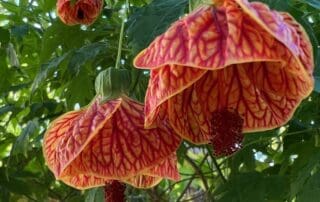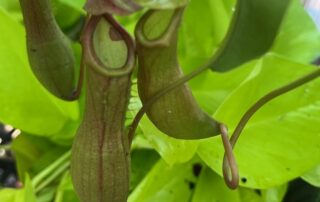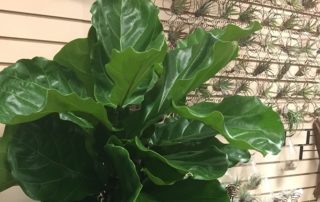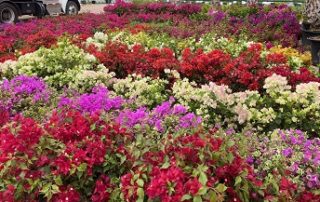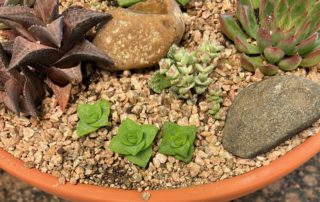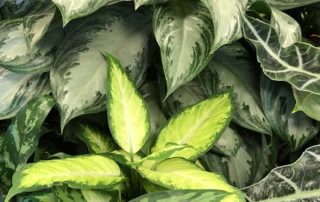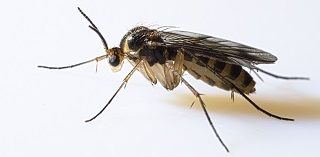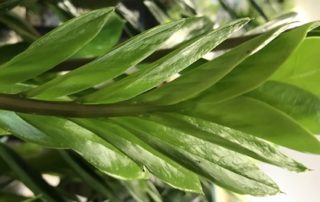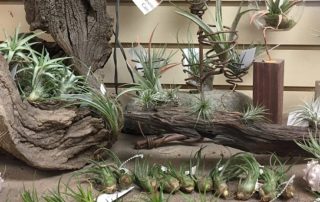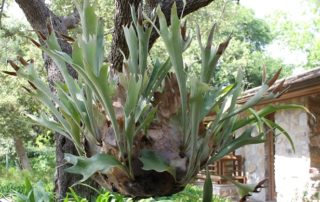Tiger Eye Flowering Maple
This tender perennial is native to the tropics and sub-tropics of the Americas, Africa, Asia and Australia. I have found various Zones applied to it, with 8b and 9 the most common. I would believe that it could be root-hardy to 20°F if established in the ground in a protected location. It lends itself to container growing as well, and can do well in a sunny window in the winter. Flowering Maples do best in filtered shade, dappled shade or part shade in Central Texas. I would definitely [...]

